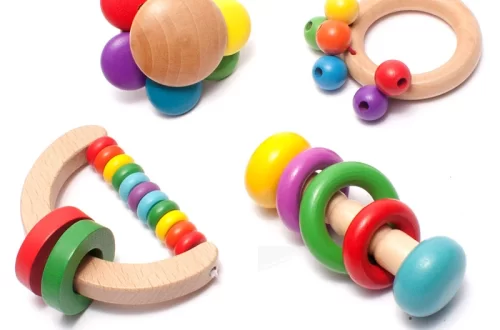Part 1: The Diversity of Turkish Arts & Crafts
Turkish arts and crafts are a testament to the rich and diverse cultural heritage of this vibrant nation. From traditional handwoven textiles to intricate ceramics and ornate metalwork, Turkish crafts showcase the skills and craftsmanship passed down through generations.
Point 1: The Art of Turkish Carpets and Kilims
Turkish carpets and kilims are renowned worldwide for their exquisite beauty and craftsmanship. These handwoven textiles incorporate intricate patterns and vibrant colors, reflecting the cultural and regional diversity of Turkey. Each carpet or kilim tells a unique story, with motifs inspired by nature, mythology, and ancient symbols. The meticulous art of carpet weaving has been elevated to a fine art form in Turkey, with techniques passed down through centuries.
Point 2: Intricate Turkish Ceramics and Tiles
Turkish ceramics and tiles are known for their intricate designs and vibrant colors. The art of İznik tiles, for example, showcases the fusion of Persian, Roman, and Byzantine influences. These tiles are adorned with geometric patterns, floral motifs, and calligraphy, creating stunning visual displays. Turkish ceramics also include beautiful hand-painted pottery, such as Çini and Kutahya, which feature motifs inspired by nature, mythology, and Ottoman designs.

Part 2: Preserving Traditional Turkish Crafts
Preserving traditional Turkish crafts is vital for safeguarding the country’s cultural heritage and promoting the continuation of these ancient art forms.
Point 1: Artisan Guilds and Craftsmanship
Artisan guilds, known as Esnaf, play a crucial role in preserving Turkish crafts. These guilds support and nurture skilled craftsmen, providing a platform for them to pass on their knowledge and techniques to the next generation. Through apprenticeships and workshops, the guilds ensure the survival of traditional crafts and maintain the high standards of craftsmanship.
Point 2: Government Initiatives and Cultural Centers
The Turkish government actively promotes and supports the preservation of traditional crafts through various initiatives. Cultural centers, such as the Istanbul Design Center and the Turkish Cultural Foundation, provide resources and spaces for artisans to showcase their work and engage with the public. These centers also organize workshops and exhibitions to educate and raise awareness about Turkish crafts, both domestically and internationally.
Part 3: Turkish Calligraphy: The Art of Beautiful Writing
Turkish calligraphy, known as Hat, is a revered art form that combines the elegance of writing with the beauty of visual design.
Point 1: The Legacy of Ottoman Calligraphy
Ottoman calligraphy has left an indelible mark on Turkish culture and art. The skilled calligraphers of the Ottoman Empire transformed Arabic script into a visual art form, creating intricate compositions and decorative elements. The art of calligraphy was highly respected, and calligraphers were held in high esteem in the Ottoman court.
Point 2: Contemporary Turkish Calligraphy
Turkish calligraphy continues to thrive in modern times, with calligraphers exploring new artistic expressions while staying true to the traditional forms. Contemporary calligraphers push the boundaries of the art, creating unique compositions and experimenting with different materials and techniques. Turkish calligraphy is not only a celebration of the written word but also a visual representation of Turkish cultural identity.
Part 4: Turkish Metalwork: The Beauty of Handcrafted Metal
Turkish metalwork represents the skill and artistry of Turkish craftsmen in working with various metals to create stunning pieces of decorative art.
Point 1: The Elegance of Ottoman Metalwork
Ottoman metalwork is renowned for its intricate designs and meticulous craftsmanship. Decorative objects such as copper trays, silverware, and brass lamps showcase the mastery of Turkish metalworkers. These pieces often feature elaborate etchings, filigree work, and motifs inspired by nature, Islamic art, and Ottoman architectural elements.
Point 2: Reviving Traditional Metalworking Techniques
Contemporary Turkish metalworkers continue to revive and innovate traditional metalworking techniques. By combining traditional methods with modern design sensibilities, they create unique and exquisite pieces. The art of Turkish metalwork is not only a nod to the past but also a reflection of the present, demonstrating the adaptability and creativity of Turkish craftsmen.
In conclusion, Turkish arts and crafts are a treasure trove of cultural heritage, showcasing the country’s rich history and diverse traditions. From carpets and ceramics to calligraphy and metalwork, these crafts represent the skill, creativity, and artistry of Turkish craftsmen. Preserving these traditional crafts is crucial for safeguarding the cultural heritage and ensuring their continuation. Turkish arts and crafts continue to inspire and captivate both domestic and international audiences, serving as a testament to the enduring beauty and significance of Turkish cultural identity.

